Getting Your Brugmansia To Bloom And Produce Blossoms
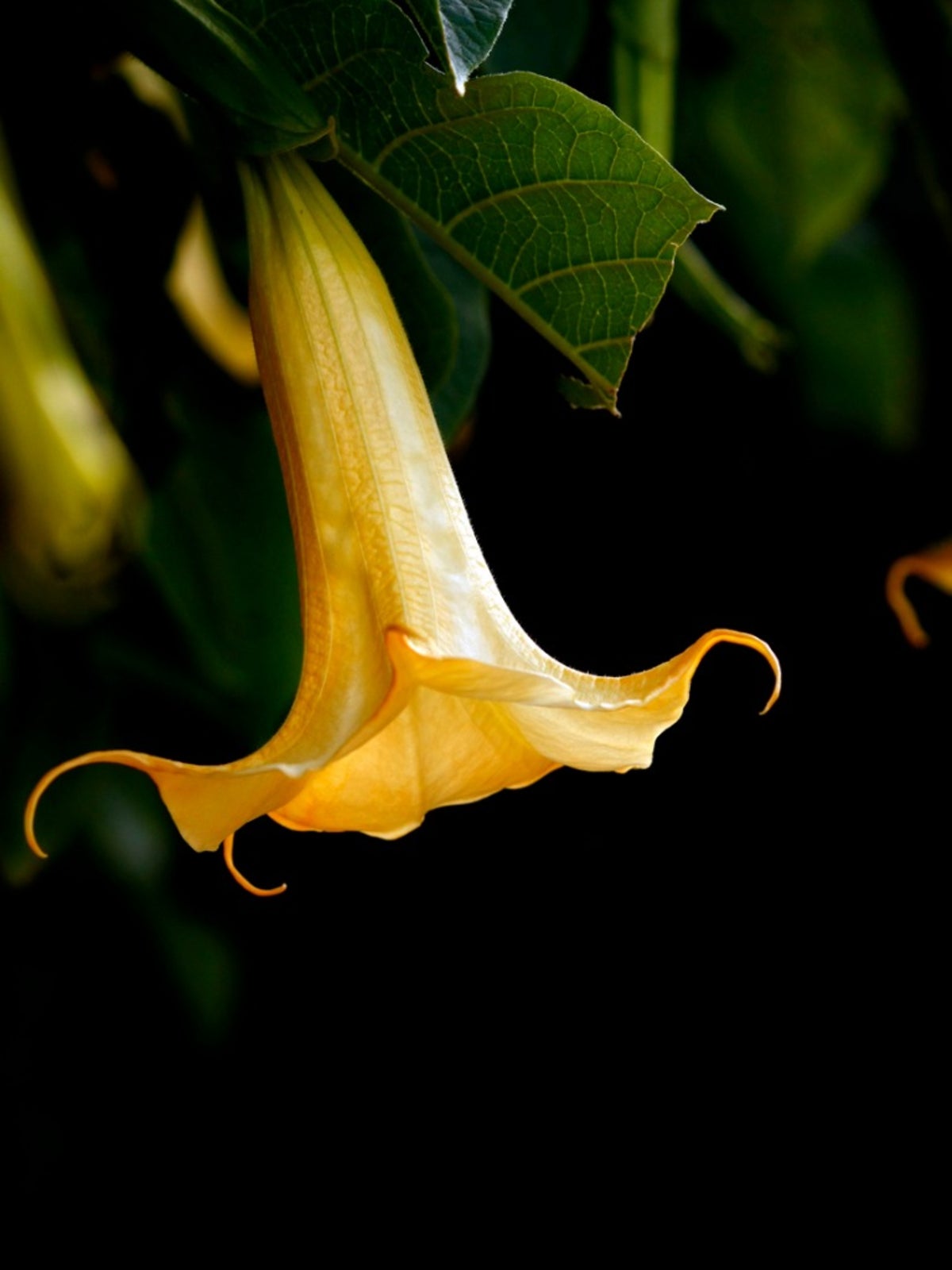

Raising brugmansia, like raising children, can be a rewarding yet frustrating job. A mature brugmansia in full bloom is a breathtaking sight; the problem is getting your brugmansia to produce blooms. If it seems your brugmansia is failing to bloom as it should, read on to find out what it might be.
Reasons for Brugmansia Not Blooming
Here are the most common reasons for brugmansia not blooming.
Not old enough
A brugmansia must be mature before it can produce blooms. If your brugmansia was started from seeds, it may take up to five years to bloom. If your brugmansia was started from a cutting, it may take three to four years before it blooms. They can bloom sooner than this, but if your brugmansia is younger than what is listed above, this is most likely the cause.
Not enough water
Due to the tropical nature of brugmansia, they need large amounts of water to remain healthy. If your brugmansia is container-grown, you will need to water it twice a day in hot weather, but make sure that it has adequate drainage. If your brugmansia is grown in the ground, it will need the equivalent of 4 to 5 inches (10-13 cm.) of rainfall each week. A brugmansia will be able to survive on less water than this, but will be stressed and less likely to produce blossoms.
Not enough fertilizer
Brugansia are heavy feeders. If your brugmansia is not producing blossoms, it may be that it does not have enough fertilizer. It is best with brugmansia to use a liquid-based fertilizer, rather than a slow-release fertilizer during the active growth period. This is because a slow-release fertilizer may not release enough nutrients to the plant to enable it to have the energy to produce blossoms. Use liquid fertilizer on your brugmansia two to three times a week.
The container is too small
If your brugmansia is container-grown, it needs to be repotted regularly. Without regular repotting, a brugmansia will become root-bound, which can damage the plant's ability to grow healthy and produce blossoms. Your brugmansia should be repotted every two to three years in order to grow as it should. With some patience and love, your brugmansia will produce blossoms. Follow these steps and your brugmansia will be full of blossoms in no time at all.
Gardening tips, videos, info and more delivered right to your inbox!
Sign up for the Gardening Know How newsletter today and receive a free copy of our e-book "How to Grow Delicious Tomatoes".

Heather Rhoades founded Gardening Know How in 2007. She holds degrees from Cleveland State University and Northern Kentucky University. She is an avid gardener with a passion for community, and is a recipient of the Master Gardeners of Ohio Lifetime Achievement Award.
-
 How To Make A Bouquet Garni Or Herb Bundle For Cooking
How To Make A Bouquet Garni Or Herb Bundle For CookingIf you’re a great cook, you may have made an herb bundle before. If this is a new idea, learn how to add sparkle and interest to your dish with a bouquet garni.
By Amy Grant
-
 ‘Coral Charm’ Peony Care For Sublime Semi-Double Peonies With Lush Salmon Pink Flowers
‘Coral Charm’ Peony Care For Sublime Semi-Double Peonies With Lush Salmon Pink FlowersPeonies are known for their soft baby pink or magenta tones, but if plushy coral blooms are your thing, here’s our guide to the ultimate ‘Coral Charm’ peony care
By Tonya Barnett
-
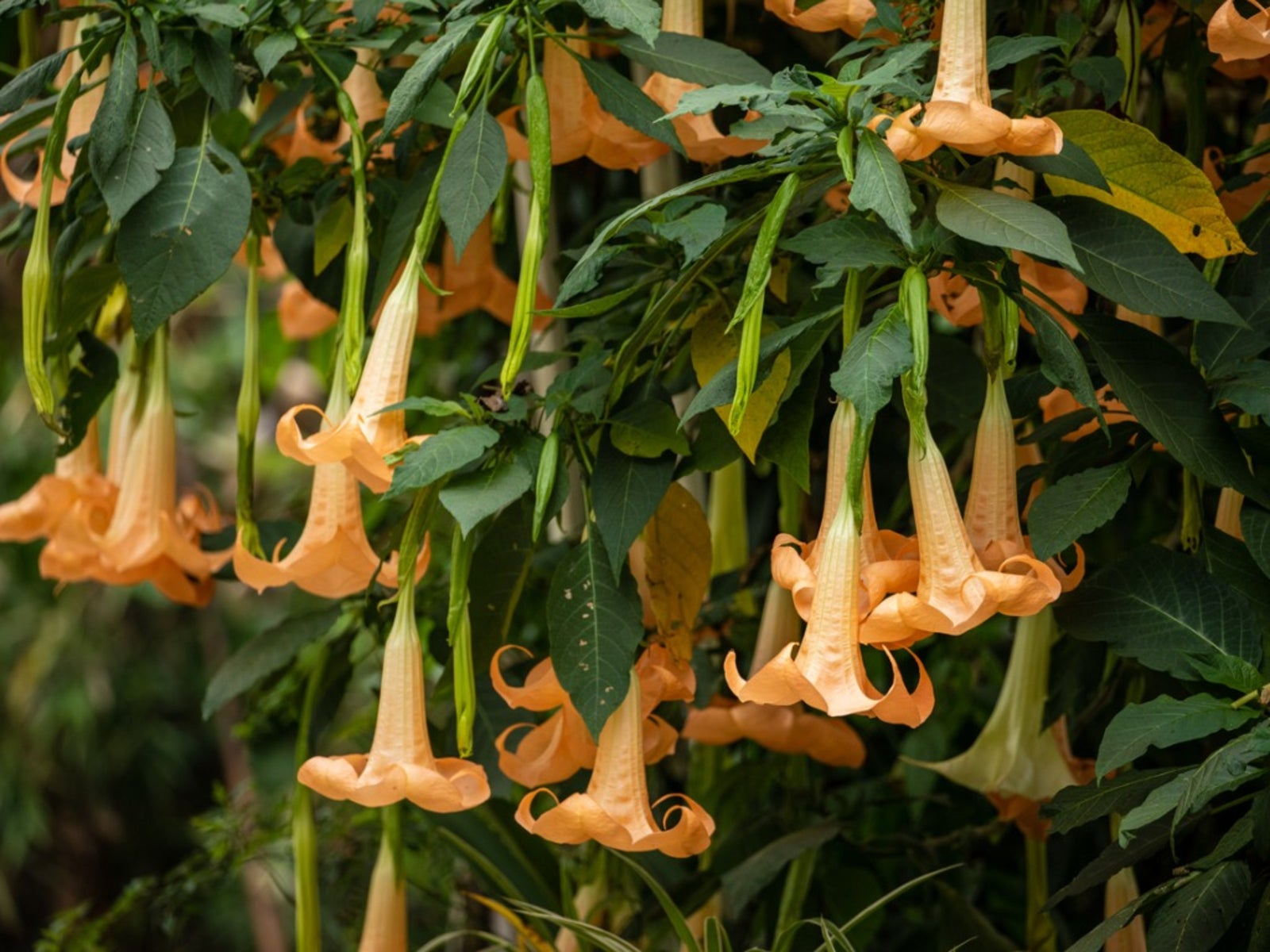 Brugmansia Cold Tolerance: How Cold Can Brugmansias Get
Brugmansia Cold Tolerance: How Cold Can Brugmansias GetHow cold can Brugmansias get and still survive? The United States Department of Agriculture sets Brugmansia cold hardiness in zones 8 to 11. Learn more about the cold tolerance of Brugmansia plants in this article.
By Bonnie L. Grant
-
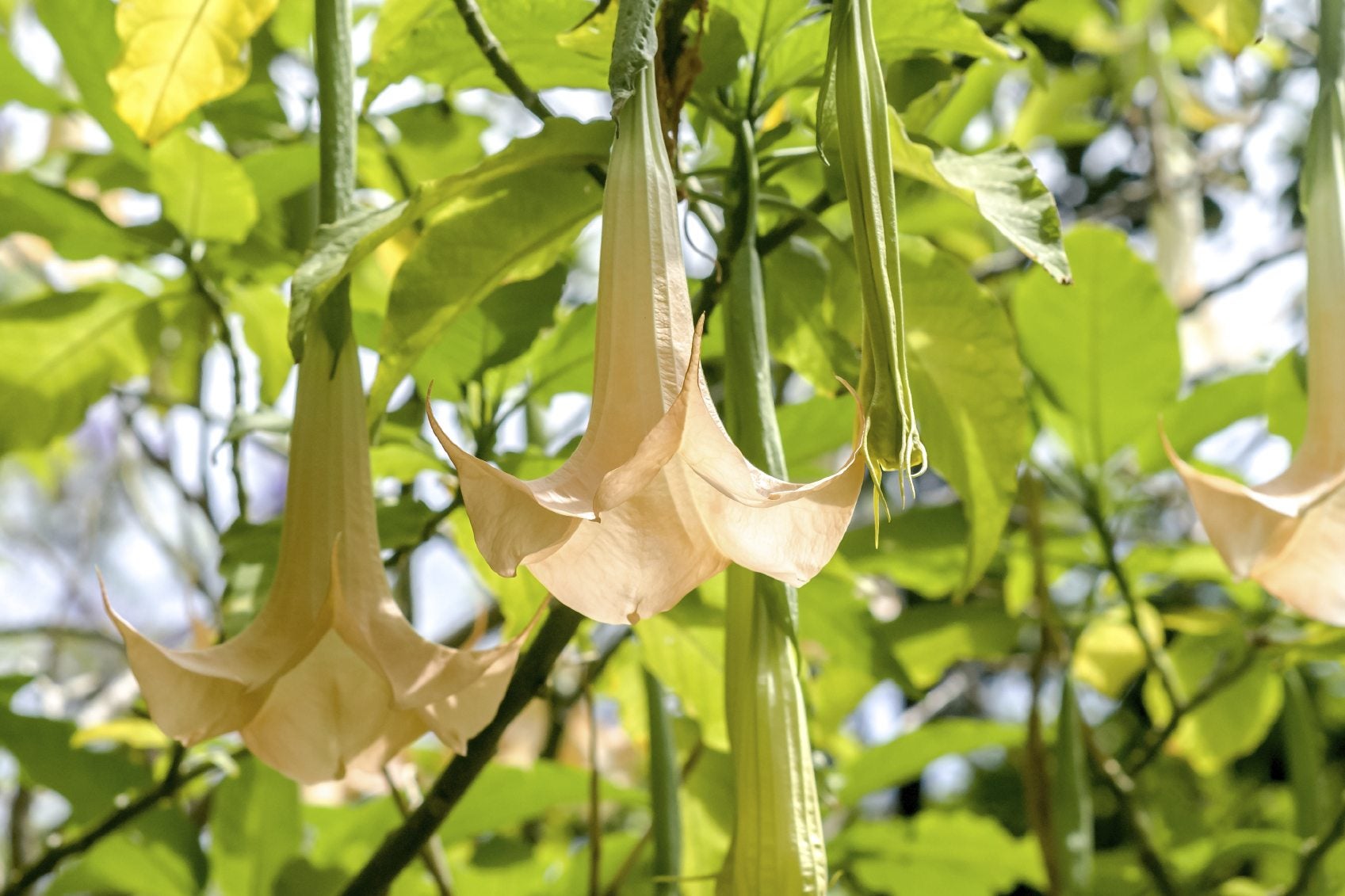 Brugmansia Plant Care: How To Care For Brugmansia In Ground Outside
Brugmansia Plant Care: How To Care For Brugmansia In Ground OutsideGrowing brugmansia in the ground works well in United States Department of Agriculture zones 9 to 12. Try a brugmansia in the garden for show-stopping color and dynamic proportions. This article will help get you started.
By Bonnie L. Grant
-
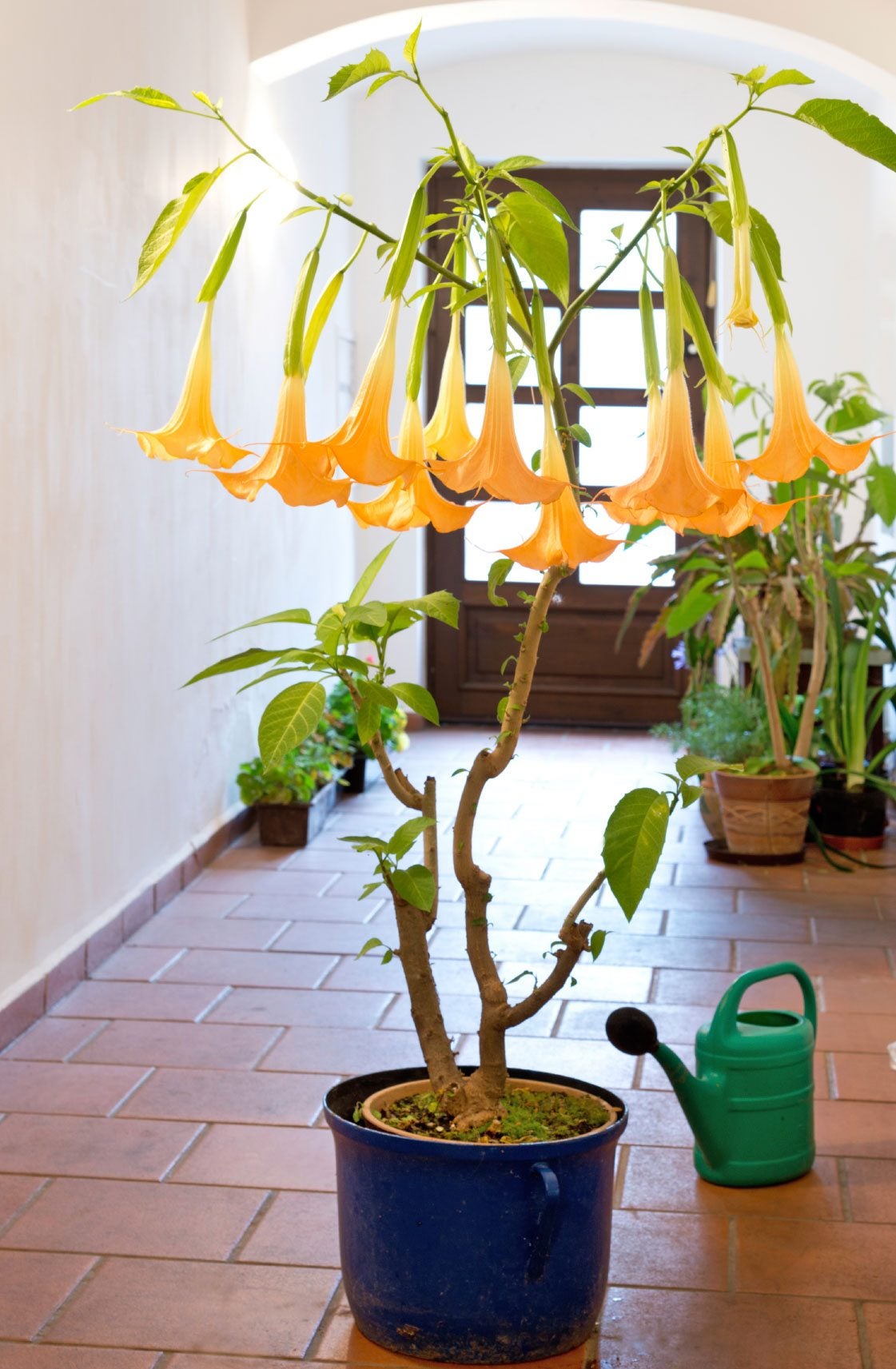 Watering Brugmansia Plants: How Much Water Does Brugmansia Need
Watering Brugmansia Plants: How Much Water Does Brugmansia NeedBrugmansia is a distinctive plant with big leaves and huge, drooping, trumpet-shaped blooms as long as your foot. This flashy tropical plant is surprisingly easy to grow, but it helps to know exactly how to water brugmansias. Click here for more.
By Mary H. Dyer
-
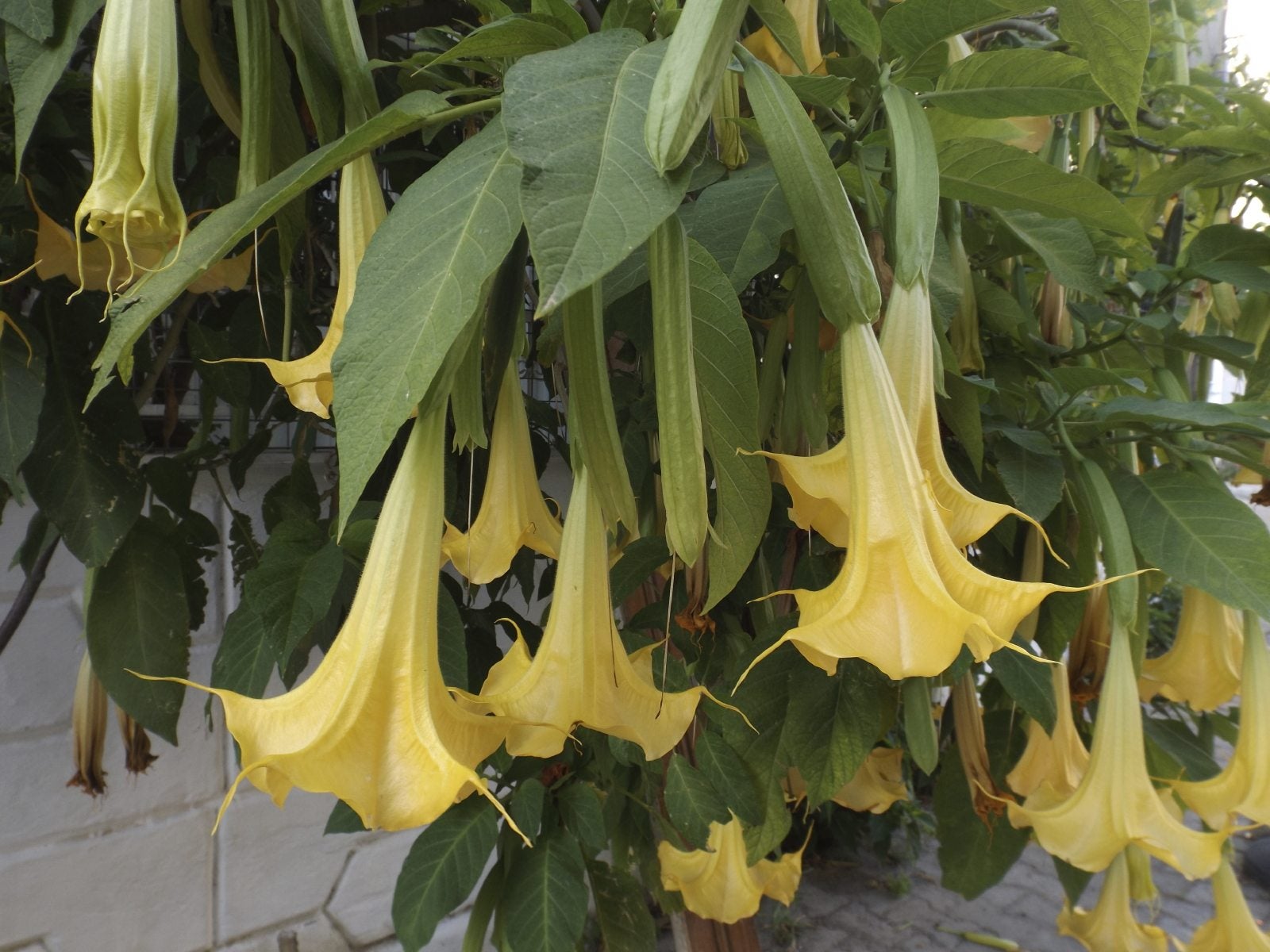 Brugmansia Problems: How To Treat Disease And Pests Of Brugmansia
Brugmansia Problems: How To Treat Disease And Pests Of BrugmansiaAlso known as angel trumpet or simply "brug," brugmansia is a shrubby plant with masses of impressive, trumpet-shaped flowers. While little care is required, pests and diseases may compromise the health and longevity of the plant. Learn more here.
By Mary H. Dyer
-
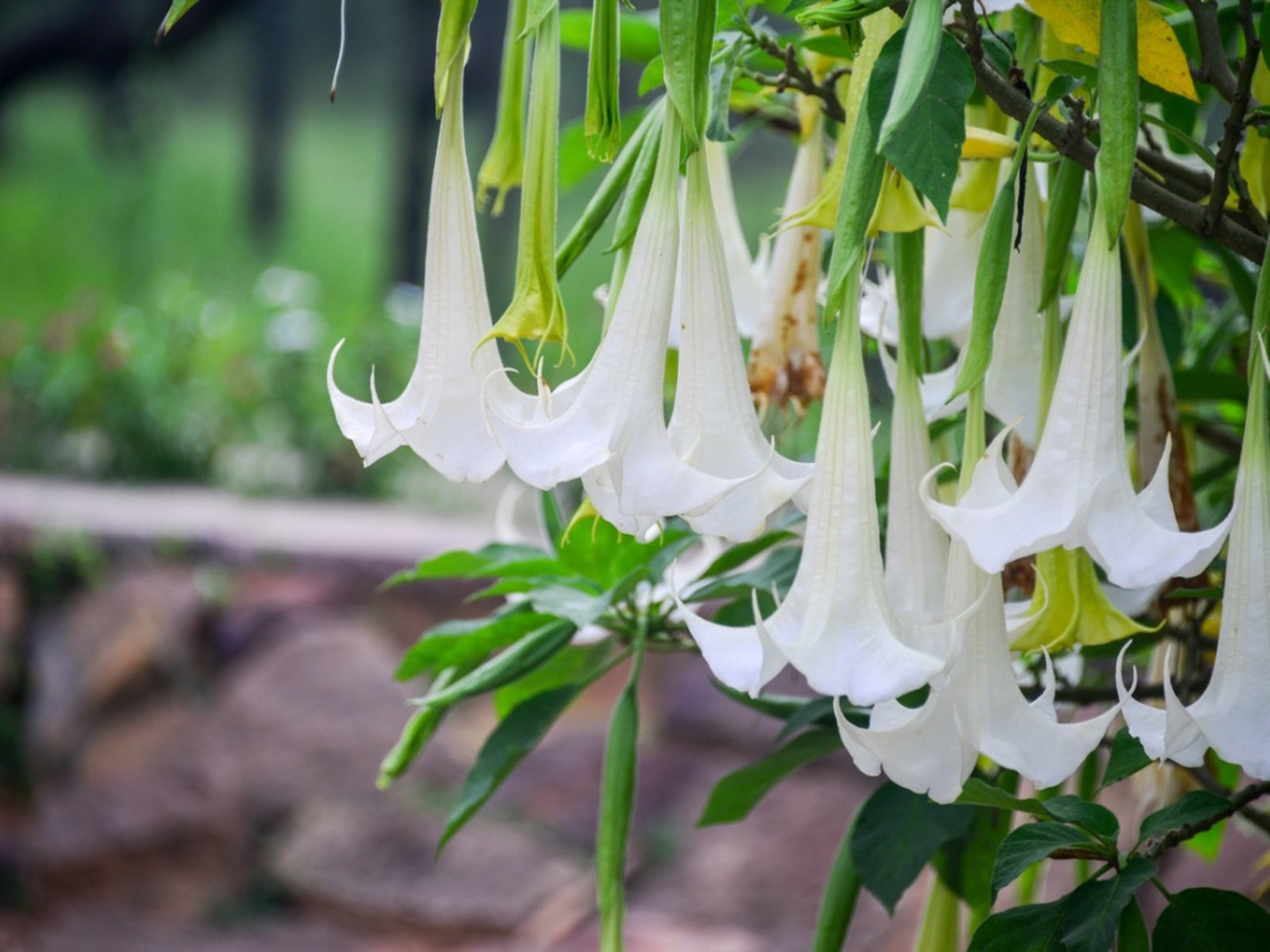 Brugmansia Diseases: Fixing Common Issues With Brugmansia
Brugmansia Diseases: Fixing Common Issues With BrugmansiaIt's never fun to watch a beloved plant fall ill to an unknown disease. Find out more about common brugmansia diseases so you'll be armed and ready should your plant begin to have problems. This article will help.
By Kristi Waterworth
-
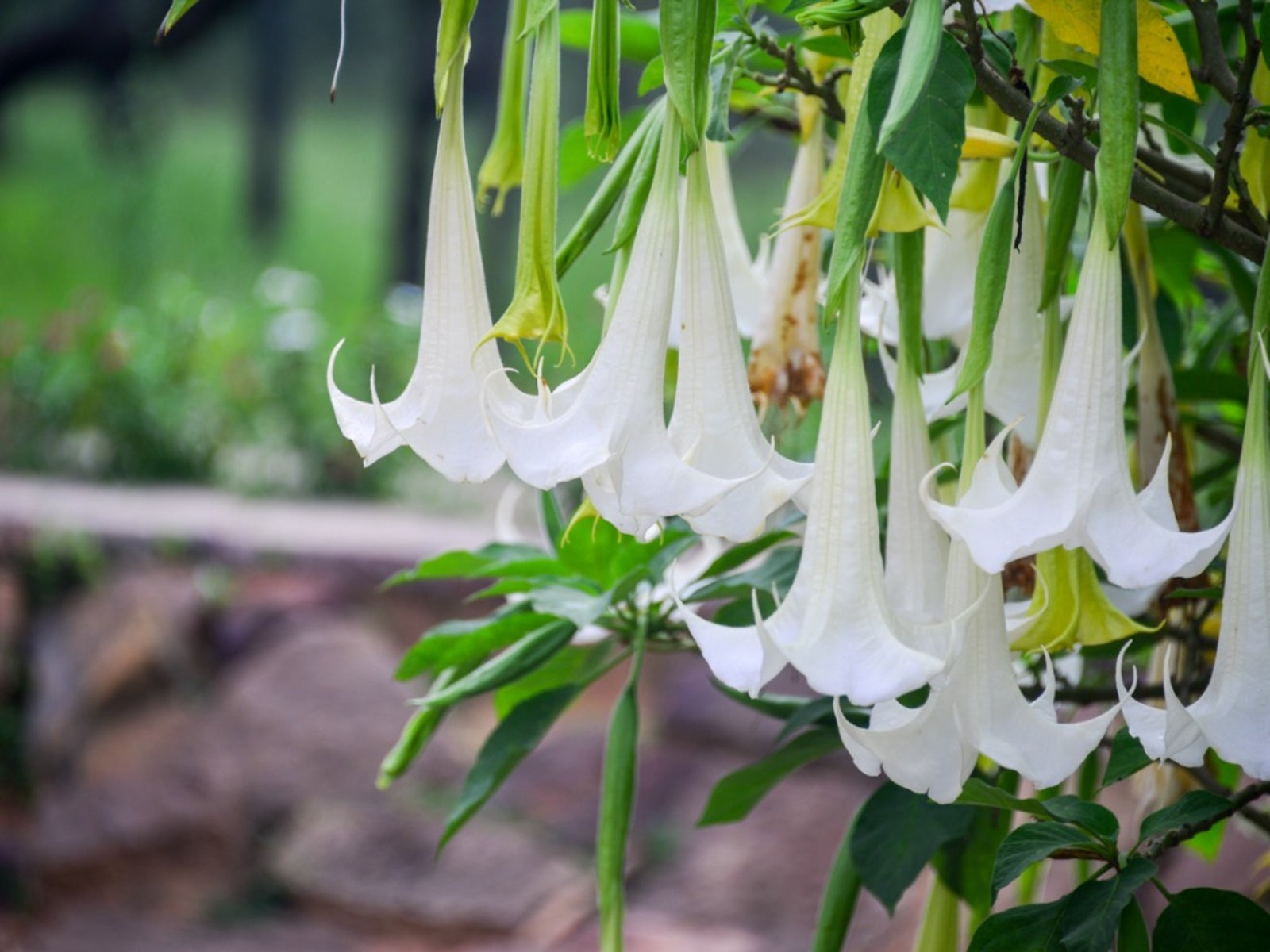 Feeding Angels Trumpet: When And How To Fertilize Brugmansias
Feeding Angels Trumpet: When And How To Fertilize BrugmansiasIf there ever was a flower you just had to grow, brugmansia is it. The plant produces a season long display of trumpet-shaped blooms. Knowing how to fertilize brugmansias will enhance and extend these brilliantly colored flowers. Click here to learn more.
By Bonnie L. Grant
-
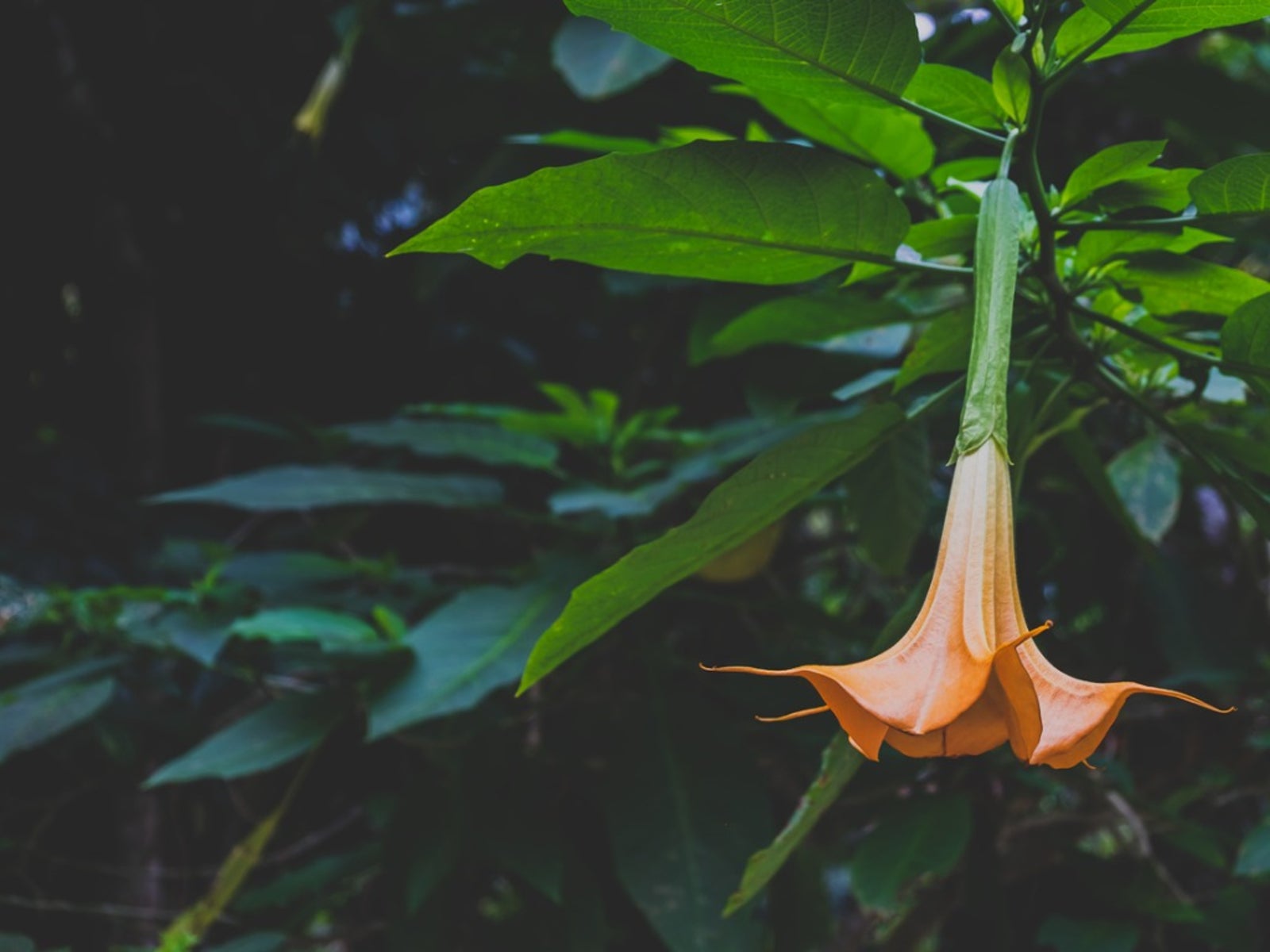 Learn How To Prune Brugmansia Trees
Learn How To Prune Brugmansia TreesBrugmansia plants make attractive specimen plantings. But, in order to keep them looking their best, trimming brugmansia may be necessary. Knowing how to prune brugmansia is important, and this article will help.
By Nikki Tilley
-
 Brugmansia Winter Care - Wintering Brugmansia In Your Home
Brugmansia Winter Care - Wintering Brugmansia In Your HomeWhile most types of brugmansia can thrive outdoors in warm climates, they need to be protected from freezing temps when growing brugmansia in cold climates. Follow the tips here for over-wintering brugmansia.
By Nikki Tilley